A lot of people admit defeat when it comes to keeping houseplants as their home simply doesn’t receive enough natural life, but this really isn’t necessary. Sure, there are definitely a lot of plants out there that wouldn’t do so well without plenty of light, but there are also many plants that are lower-maintenance. It might sound counterintuitive, but trust us–the following houseplants really can survive (and sometimes even thrive) in low-light conditions.
Snake Plant
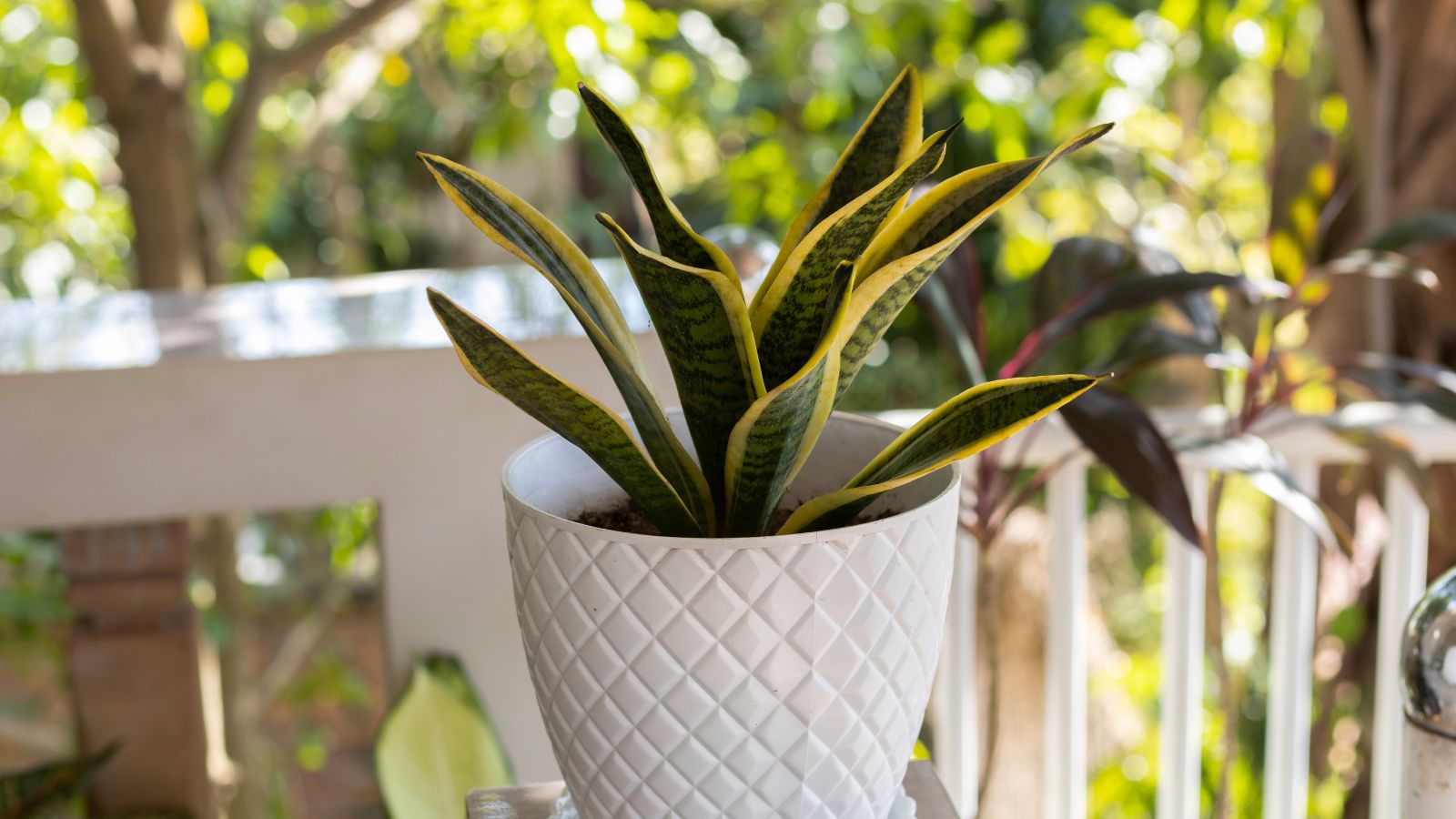
The first plant on this list that does surprisingly well in low-light conditions is the snake plant, recognizable by its upright, sword-like leaves. It tolerates very low light levels, making it perfect for dim corners or rooms with just a bit of indirect sunlight. Even without much light, this hardy plant also purifies the air, a real bonus for keeping your home fresh.
ZZ Plant
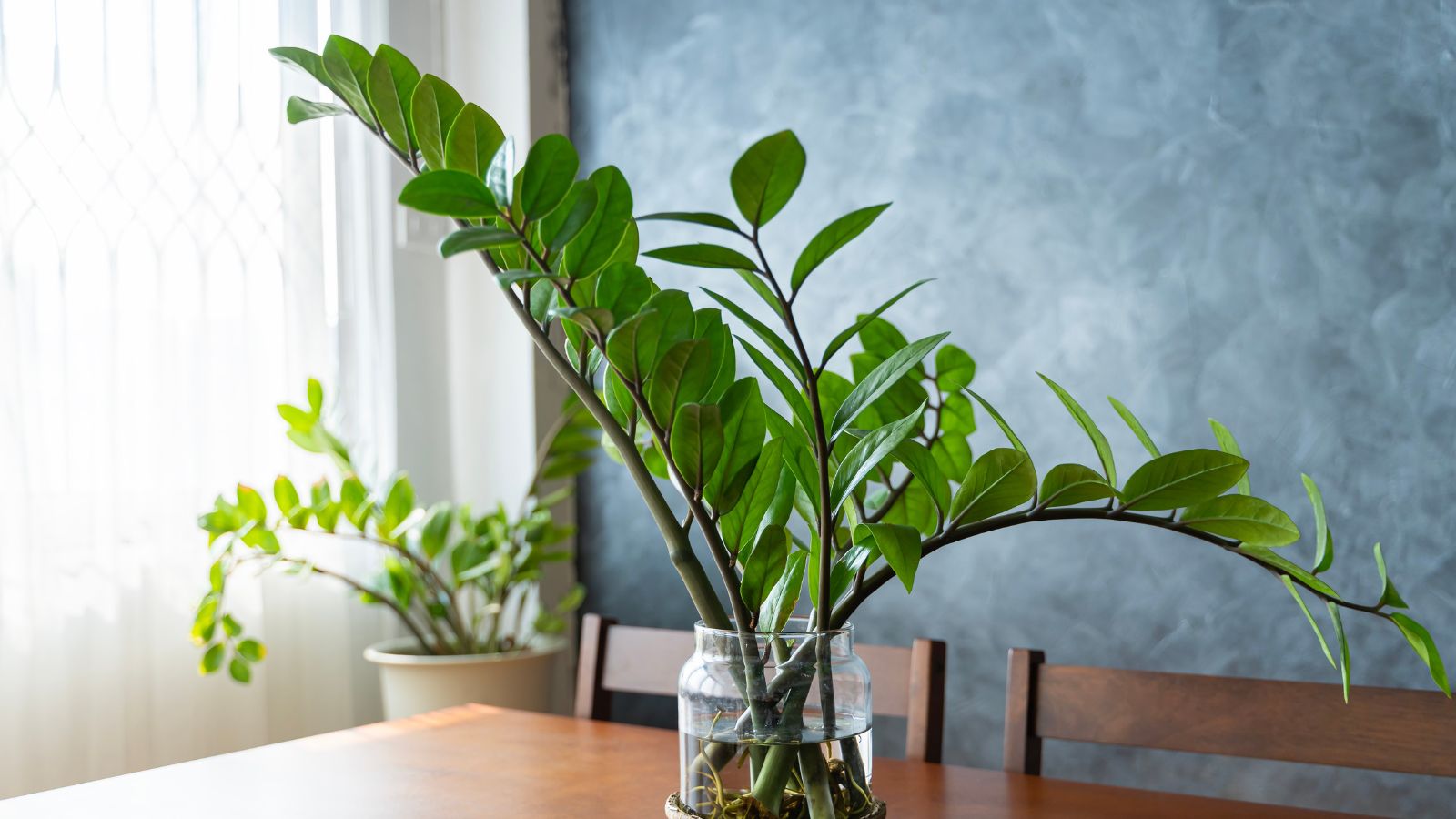
Beginner plant keepers love the ZZ plant, as it practically thrives on neglect. Even in minimal light conditions, its glossy, waxy leaves continue to shine, and it doesn’t need much water, either. Simply pop it in a shady spot, and you’ll still get that lush, tropical vibe without the upkeep.
Pothos
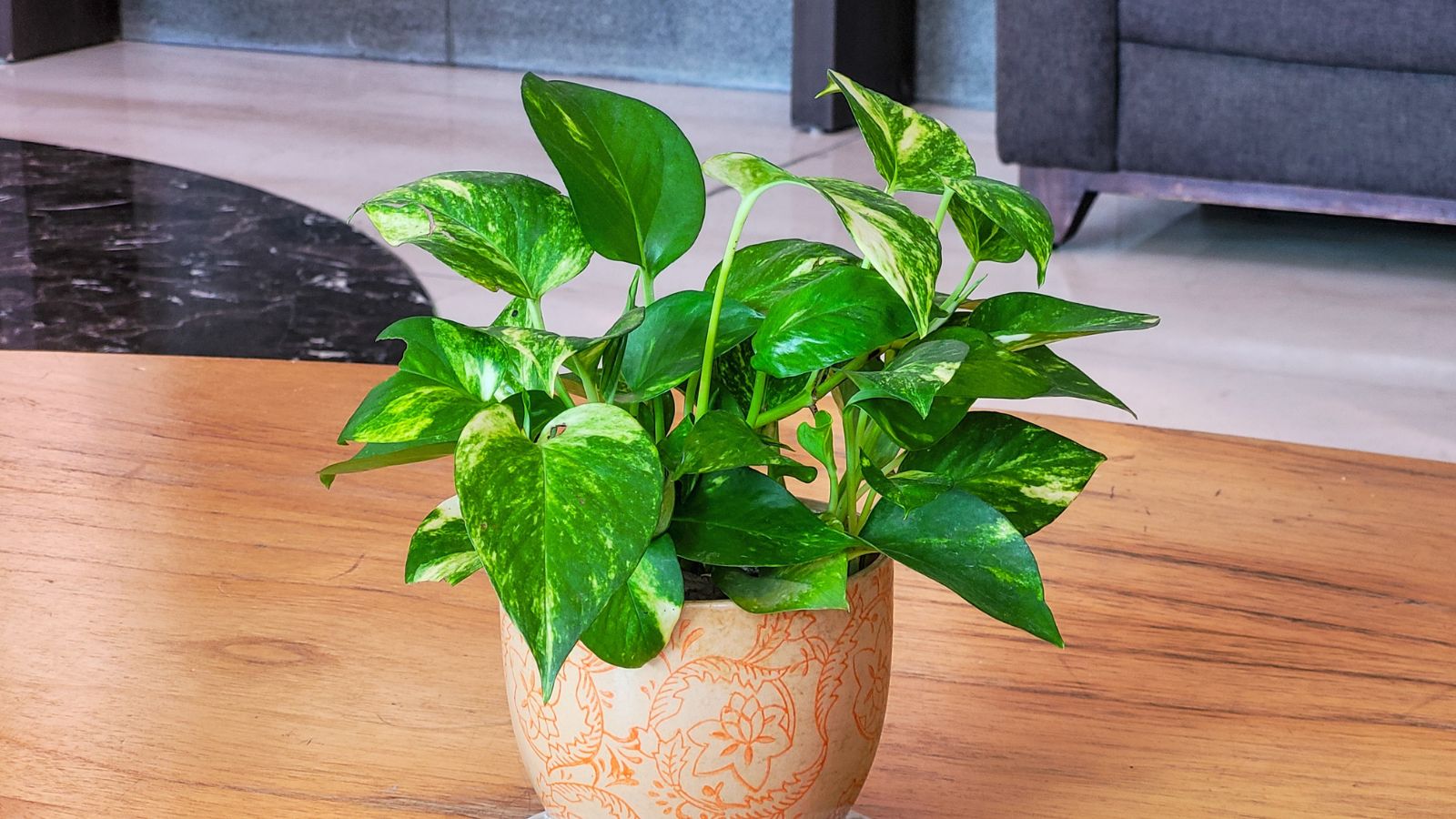
Pothos is a climbing plant that’s quite happy to grow in low light. Sporting cute heart-shaped leaves, it adds a gentle cascade of green to any shelf or hanging basket without much effort at all. Best of all, it can handle brighter spots, too, but ultimately, it’s highly adaptable and will stay green and healthy even in the darkest corners of your home.
Cast Iron Plant
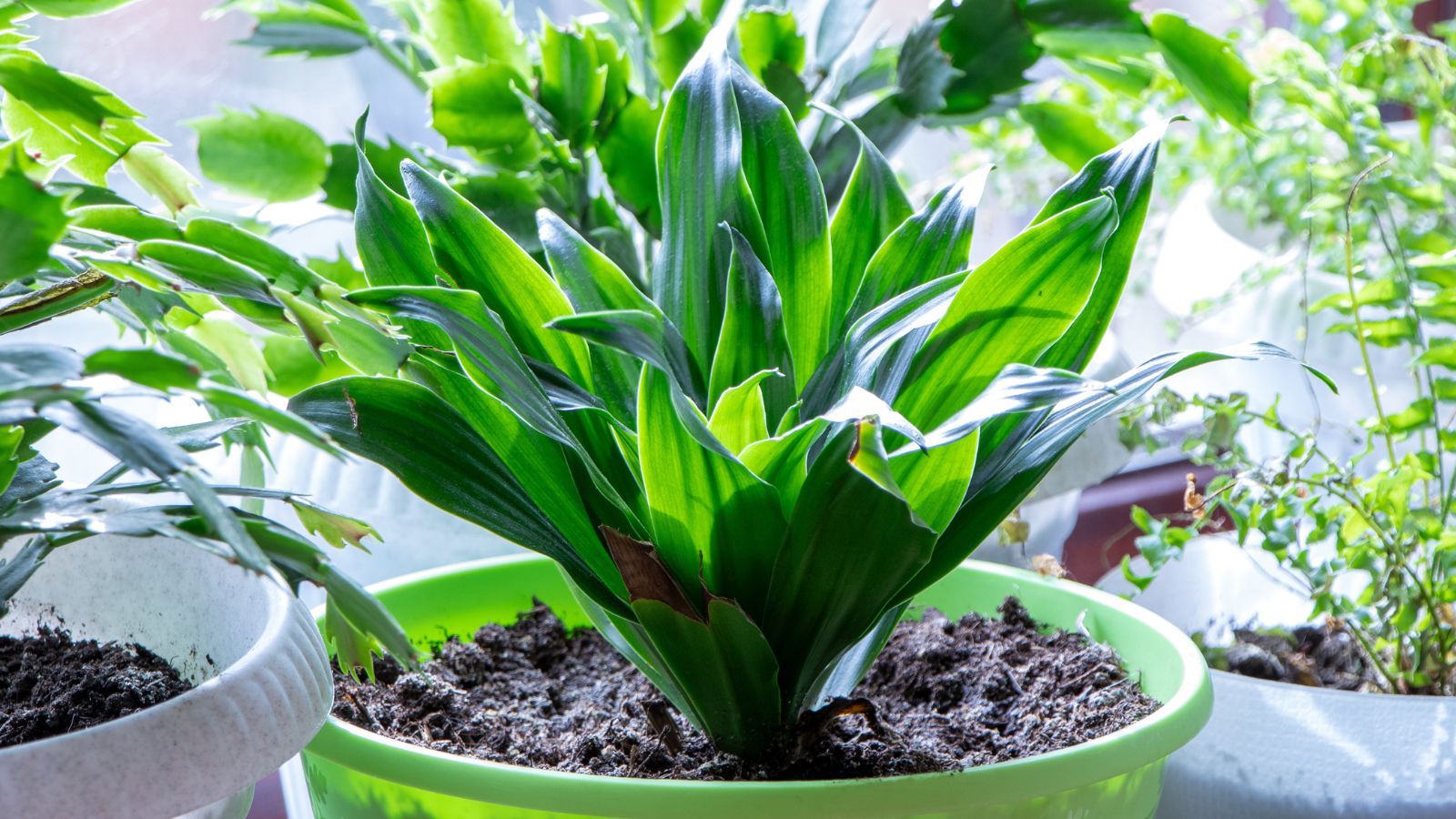
It shouldn’t be surprising to learn that the cast iron plant is tough as nails, meaning that it can handle low light, dry air, and even neglect. Slow-growing with dark green, strappy leaves, this plant is ideal for those tricky spots that don’t get much natural light. Plus, it’s pet-friendly, making it a safe option for households with animals.
Chinese Evergreen
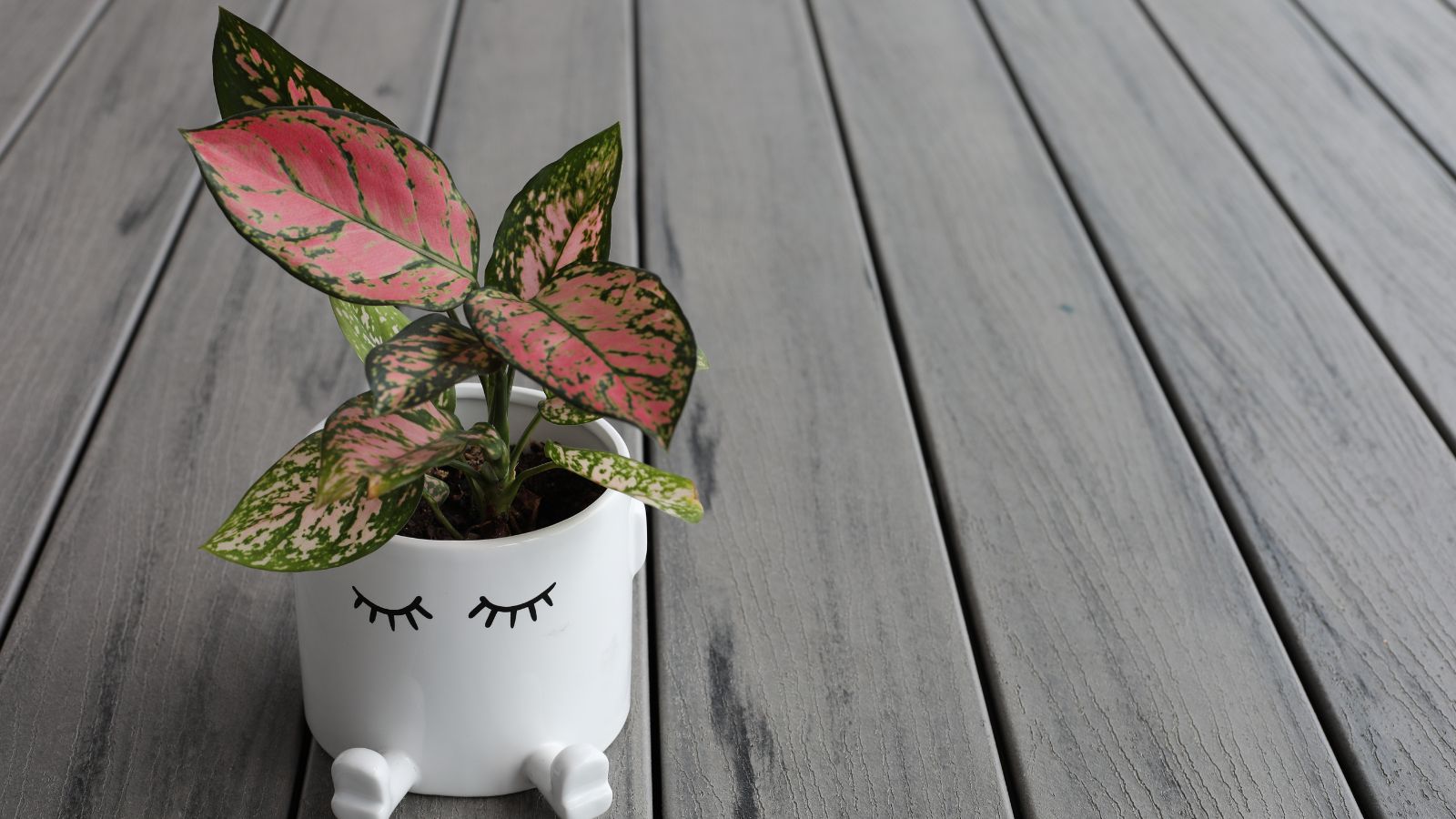
Well-known for their ability to thrive in low-light conditions, Chinese evergreens come in a variety of colors, including green and silvery hues, making them a beautiful addition to any room. The best part? They’re great for improving indoor air quality, so there’s really no excuse not to treat yourself to one.
Peace Lily
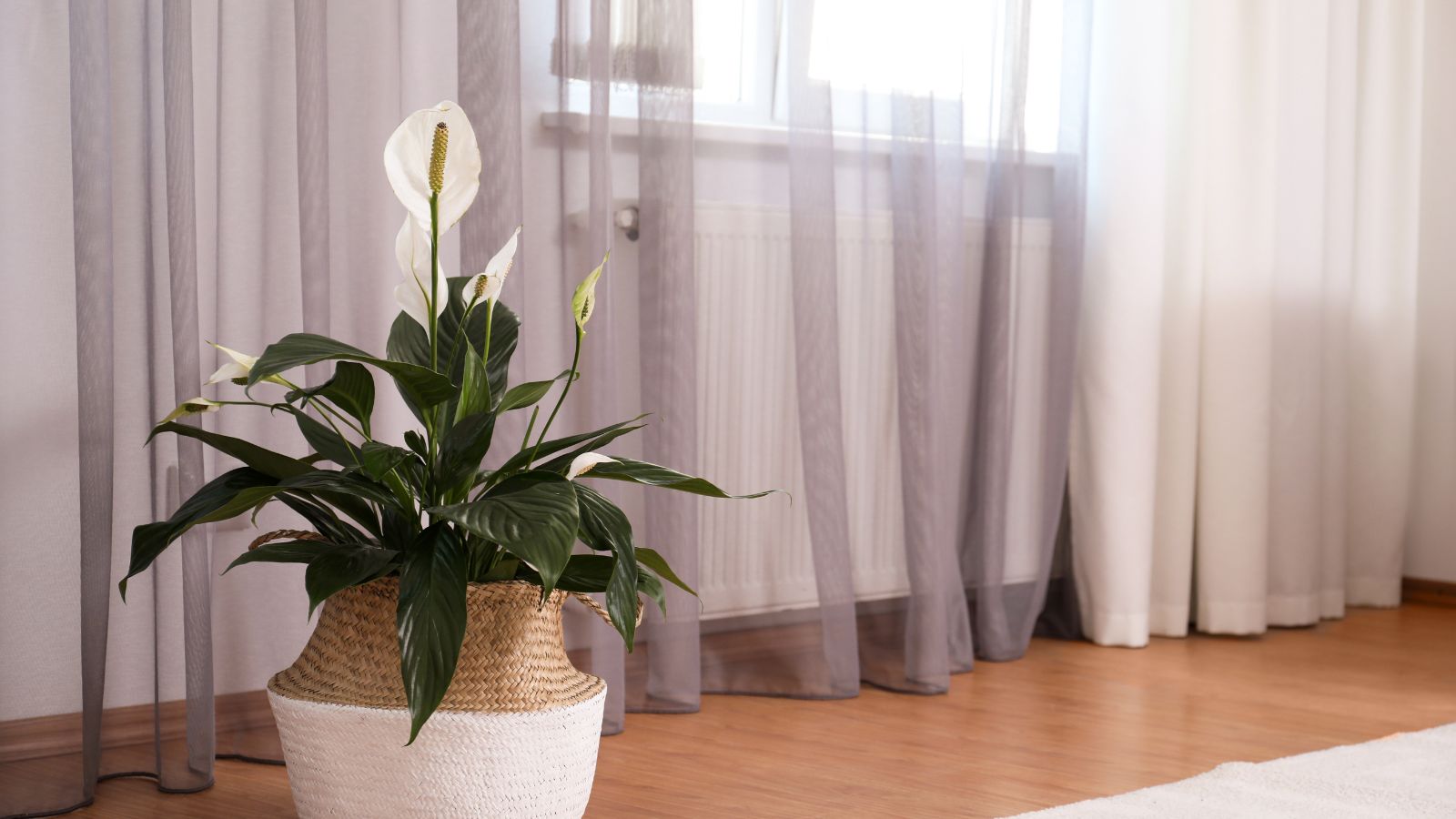
If you’d like to spice up your home with some green life but the sun always seems to miss your living room, peace lilies might be a good purchase. While they do need brighter, indirect light to bloom their characteristic white flowers, they can still survive in low light just fine. Ultimately, the white flowers are just a bonus because the peace lily’s green leaves will still add plenty of beauty and freshness to your home.
Spider Plant

Any plant enthusiast knows that spider plants are fantastic for when your home doesn’t get too much natural light. Even in dark rooms, their long, arching leaves and tiny spider-like offshoots will look great in any hanging baskets or shelves. As with most plants on this list, they’d still prefer sunlight when possible, but don’t worry–they can easily adapt to lower light levels without much fuss.
Dracaena
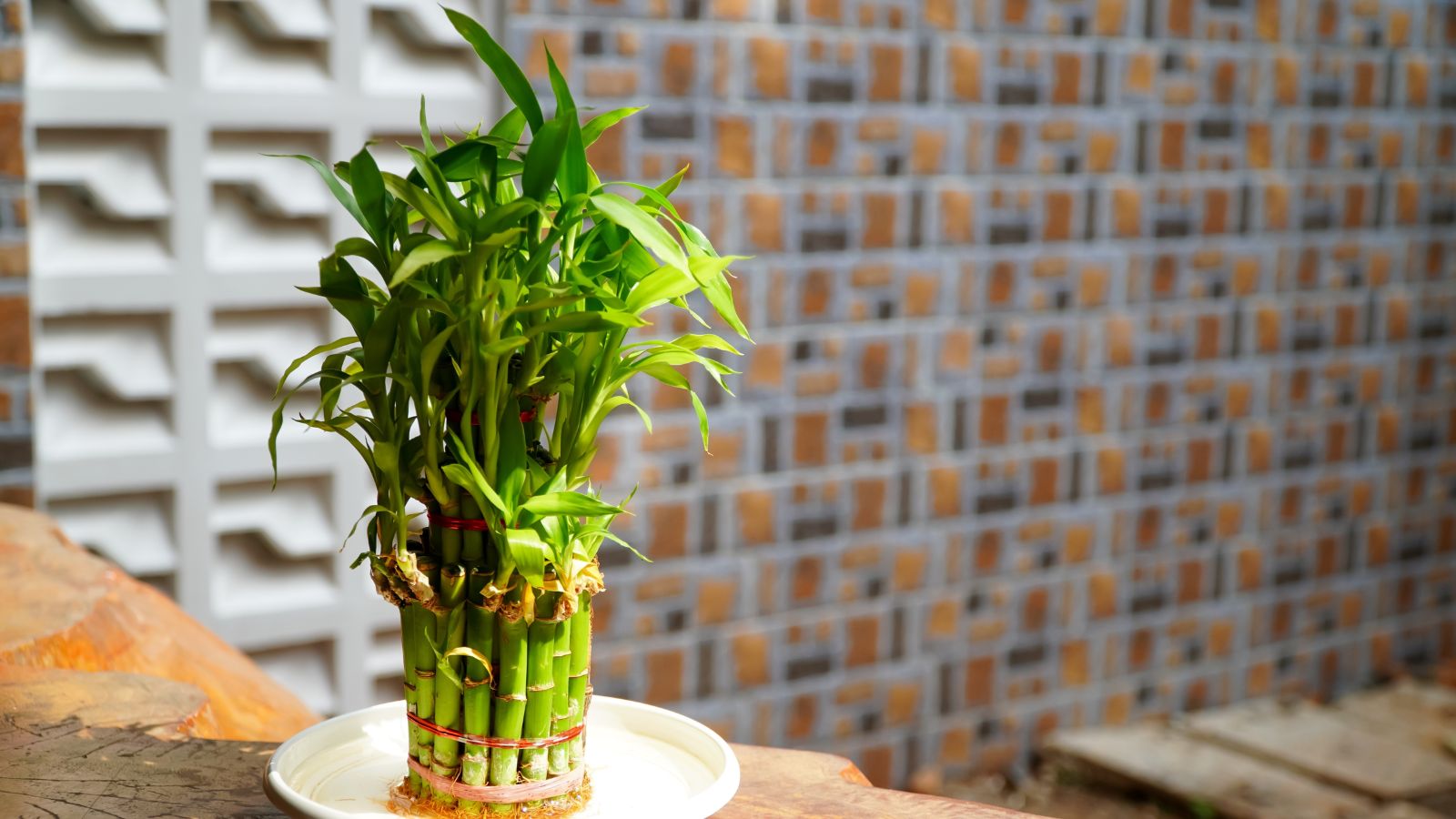
The striking, sword-shaped leaves of the Dracaena can tolerate low light fairly well, but you’ll need to bear in mind that, in this scenario, they may grow slower or develop weaker leaves. If placed in a room with medium, indirect light, though, it will start to thrive, and we’d be surprised if you can’t find a single spot in your home with at least a bit of sunlight.
Philodendron
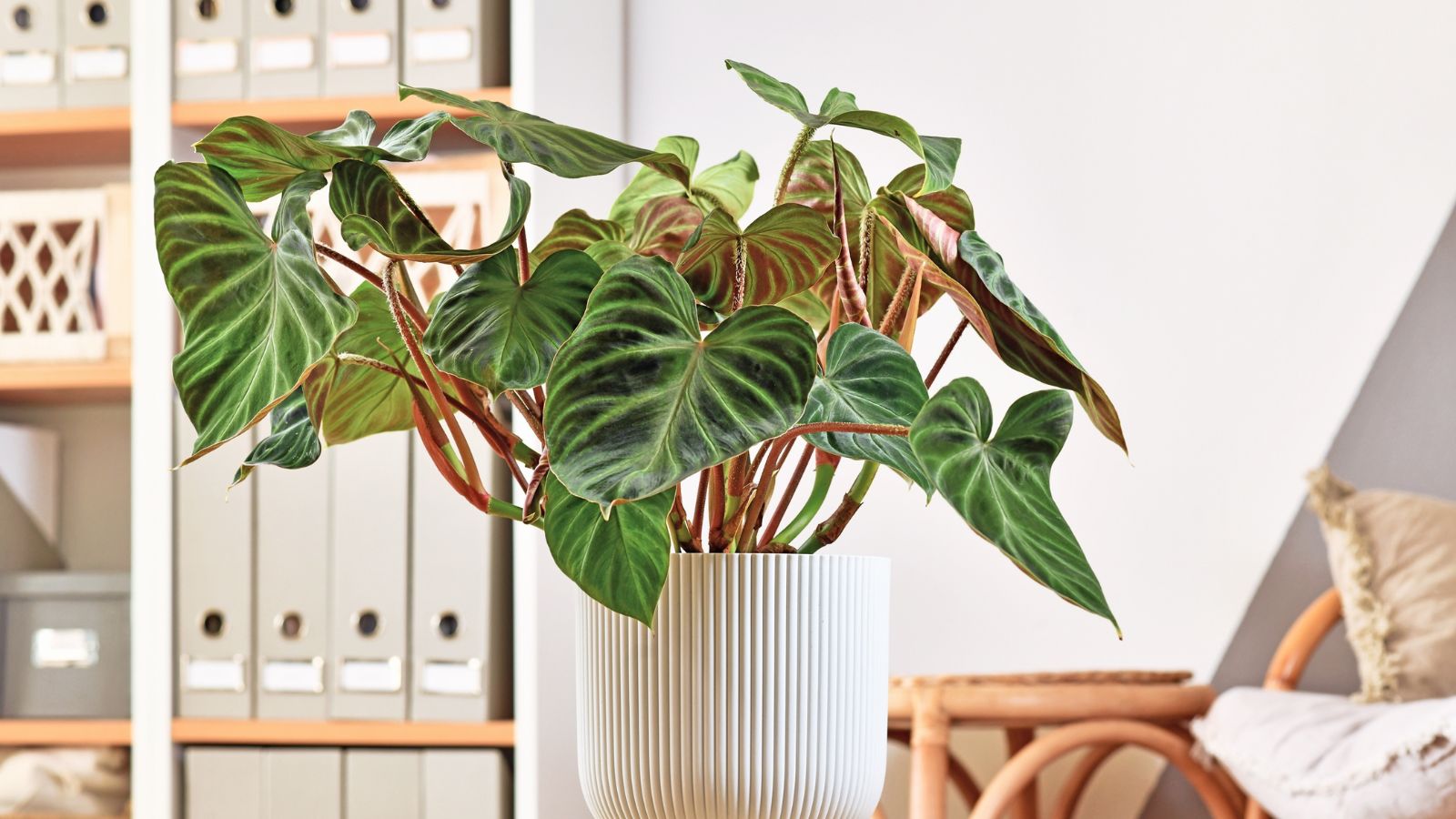
One of the most popular plants on this list is the Philodendron, and for good reason. Amazingly, they can handle low-light environments very well, and on top of this, they’re generally very easy to care for. Best of all, their adorable heart-shaped leaves can trail down from a shelf or be trained to climb, adding a lush, tropical feel to any space.
Parlor Palm
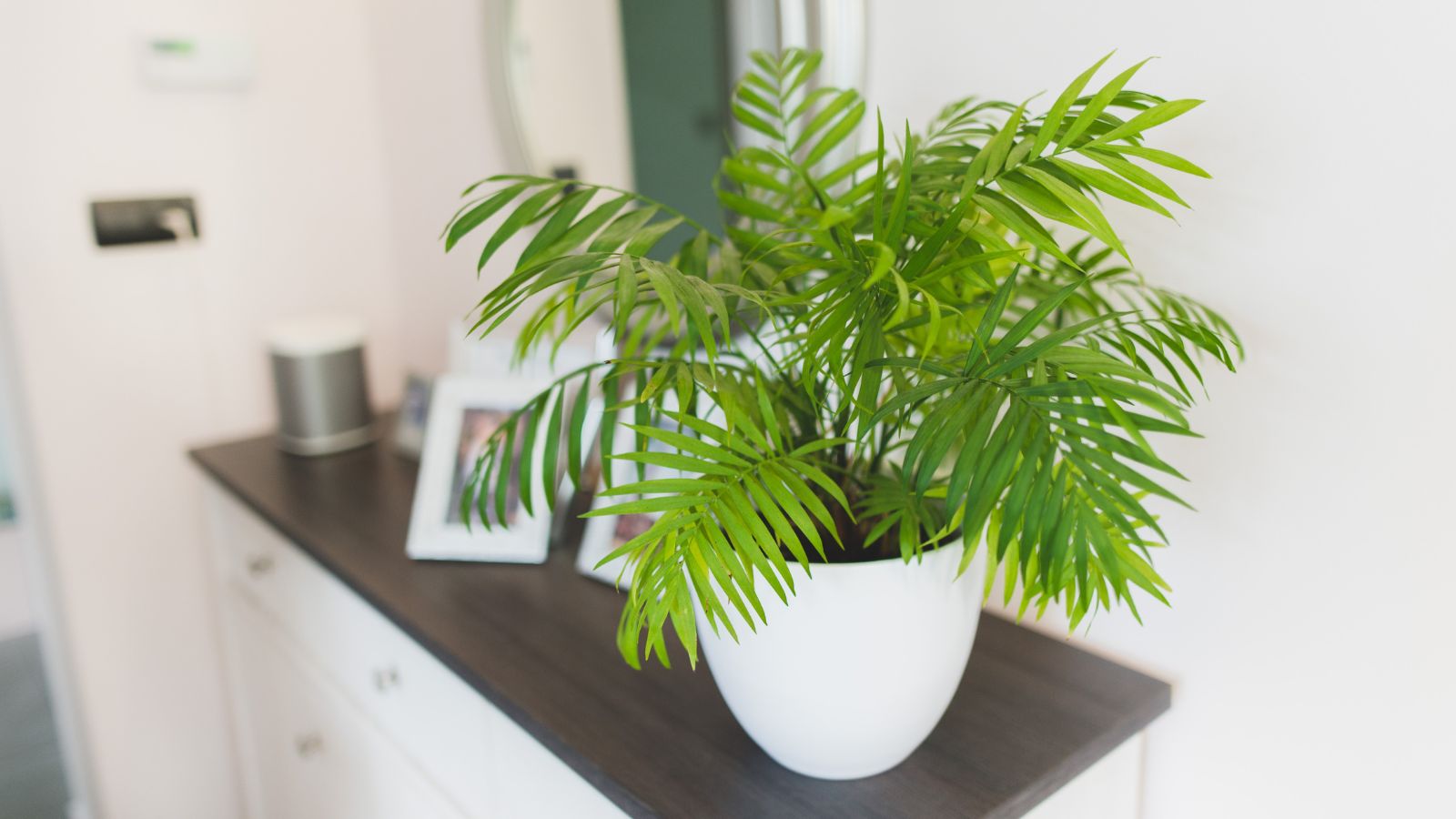
Perfect for those wanting a touch of the tropics, the parlor palm thrives in low light. Its feathery fronds bring a sense of calm and elegance to dim rooms, growing slowly but surely. What’s more, it’s a long-lasting plant as long as you give it the occasional water.
Arrowhead Plant
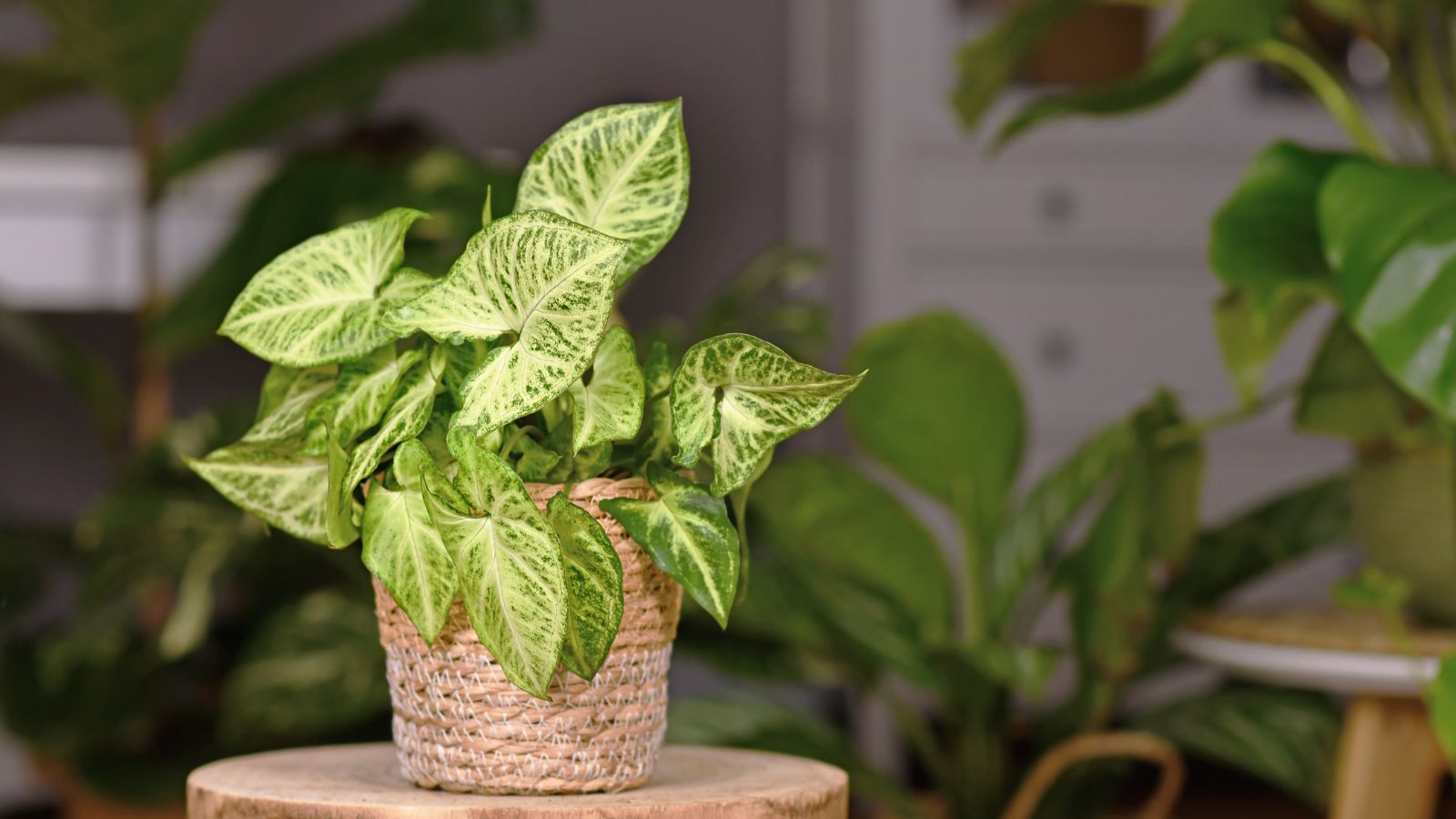
Named for its unique, pointed leaves, the arrowhead plant puts up with low light, although obviously, it would prefer medium to bright indirect light. Naturally, this would make it grow much faster, but you can still expect some success in lower-light conditions. Just don’t be surprised if the plant becomes leggy as it stretches toward the light.
Rubber Plant

Yet another plant that can survive in lower light is the rubber plant. Despite growing much healthier in bright, indirect light, they’ll still grow consistently in darker settings–just a lot slower and with fewer leaves. Regardless, they still offer an impressive splash of green, which will do wonders for brightening up any dark space.
Boston Fern
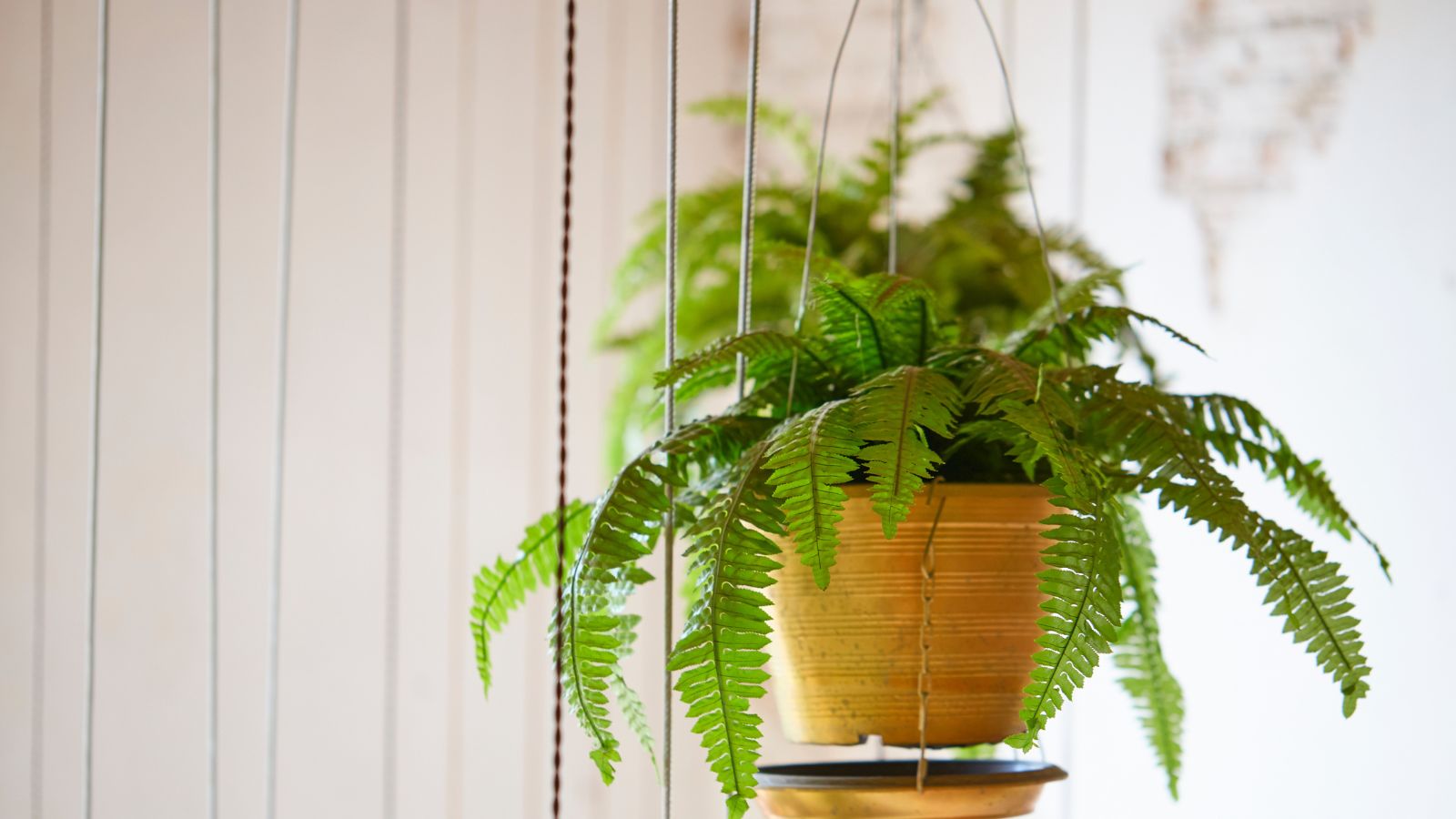
Boston ferns can tolerate low light but truly thrive in medium to bright indirect light. They also need higher humidity to stay healthy, so if you place them in a darker room, consider keeping them near a humidifier or misting them regularly to maintain their lush fronds.
Maidenhair Fern
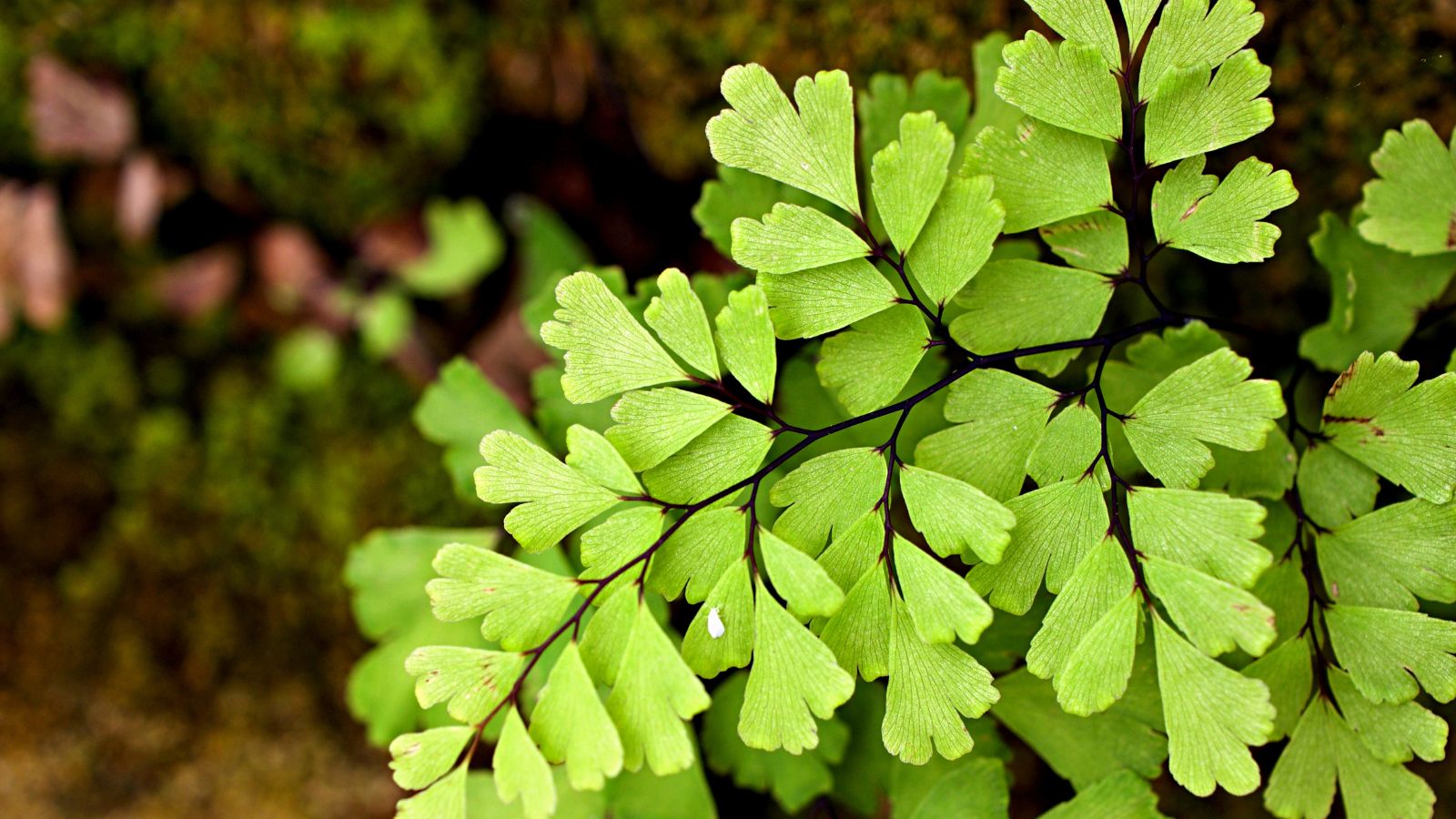
People often report that maidenhair ferns can handle lower light, and while this is true, it’s only the case if they get consistent moisture and high humidity (preferably at least 60%). Unfortunately, this makes them a bit trickier to care for than most plants on this list, but as long as you can provide these basics, their fine, lace-like fronds can bring a soft, elegant touch to a space that doesn’t see much sunlight.
Dieffenbachia
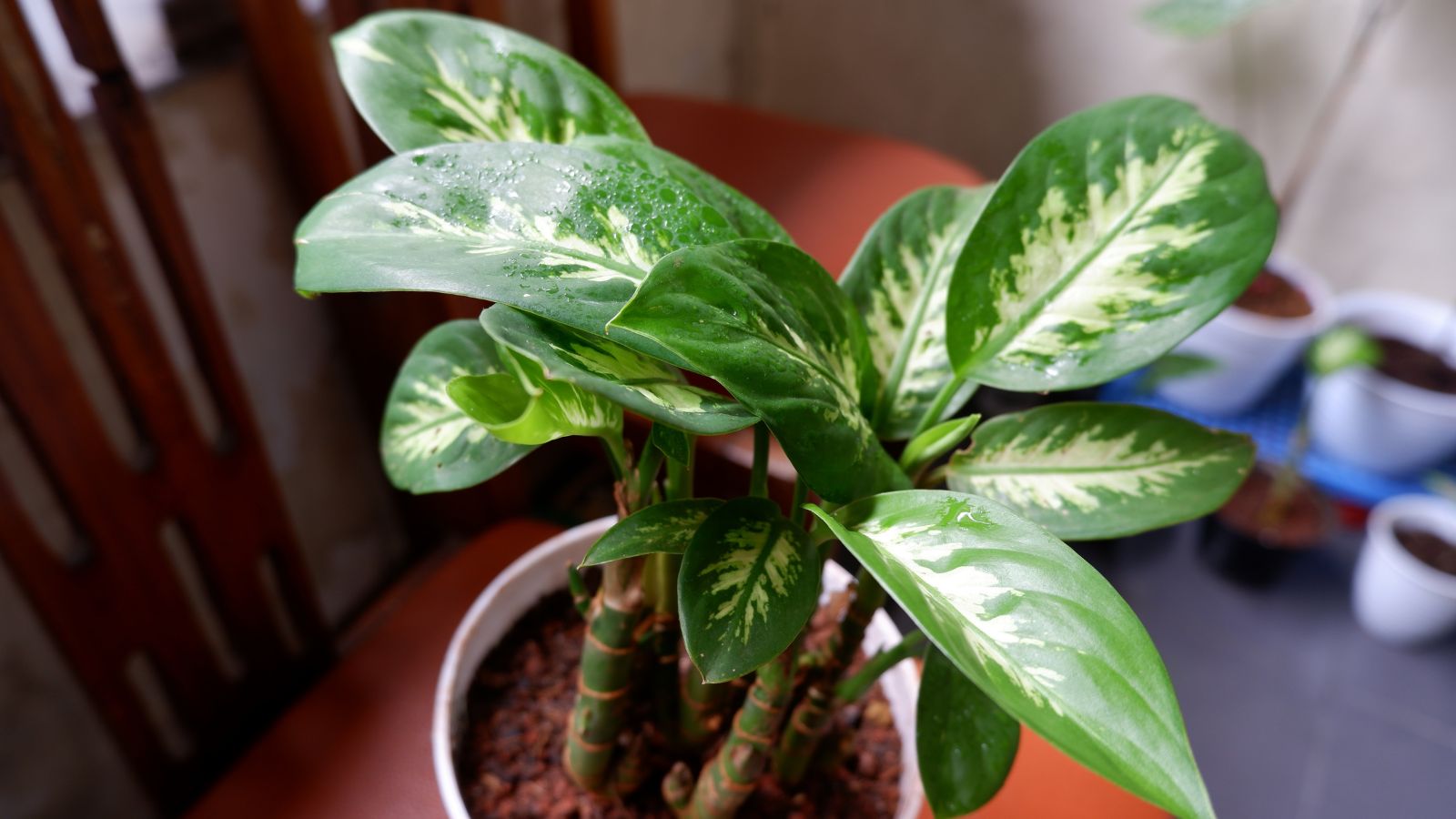
The large, variegated leaves of Dieffenbachia brighten up low-light corners with ease, although it can adapt to just about any other lighting condition, too. As usual, it does prefer indirect light, but there’s no need to stress if you can’t provide this. At the end of the day, this plant is excellent for adding a pop of green to a home, regardless of its lighting situation.
English Ivy
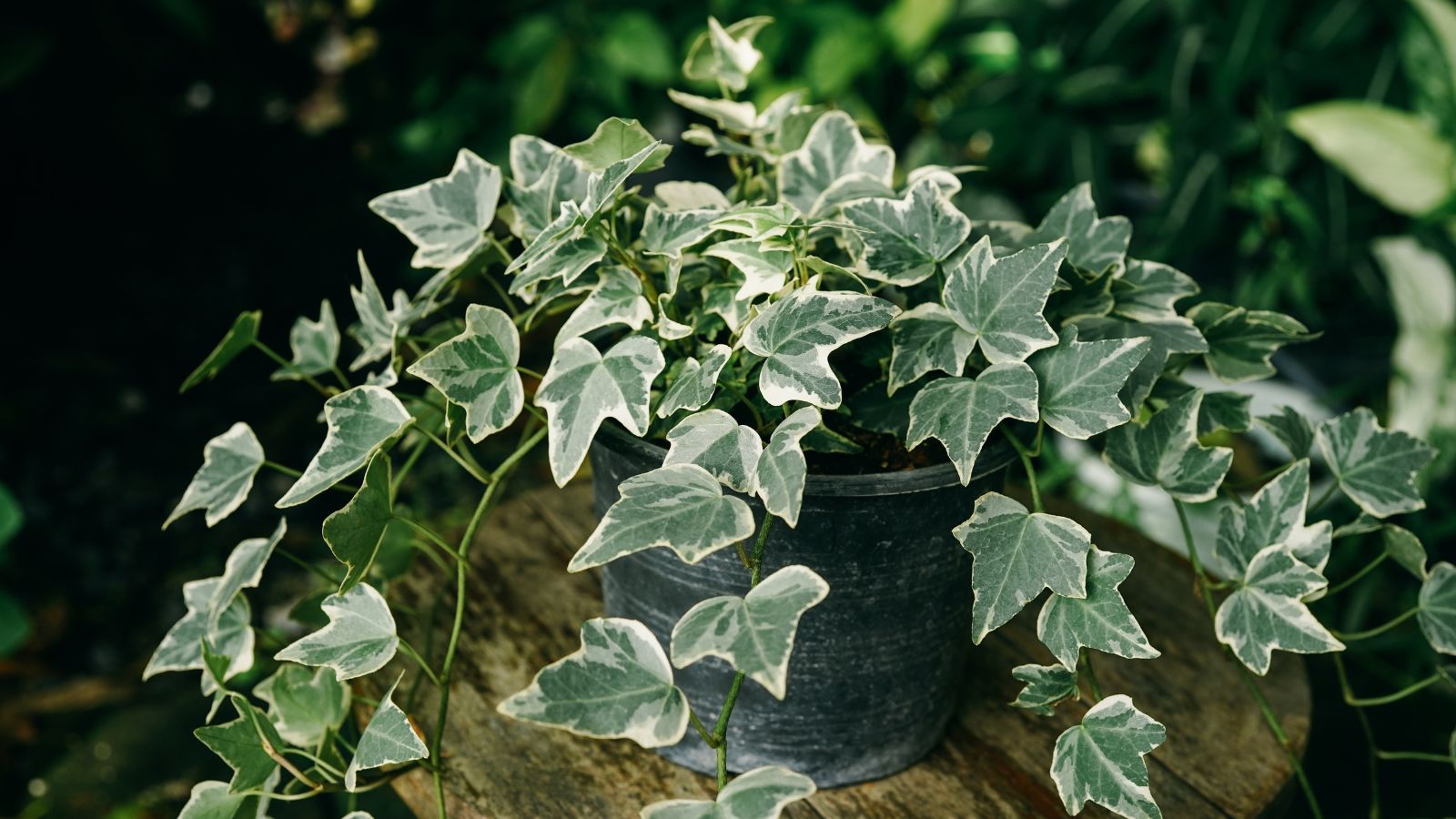
Gardeners are often shocked at how well English ivy does in the dark, making it a great indoor option. It’s often seen cascading from hanging baskets or climbing up trellises, and we can see why–it’s pretty decorative. So, consider adding it to empty spots in your home, as it will perk up the atmosphere and even help improve indoor air quality.
Peacock Plant
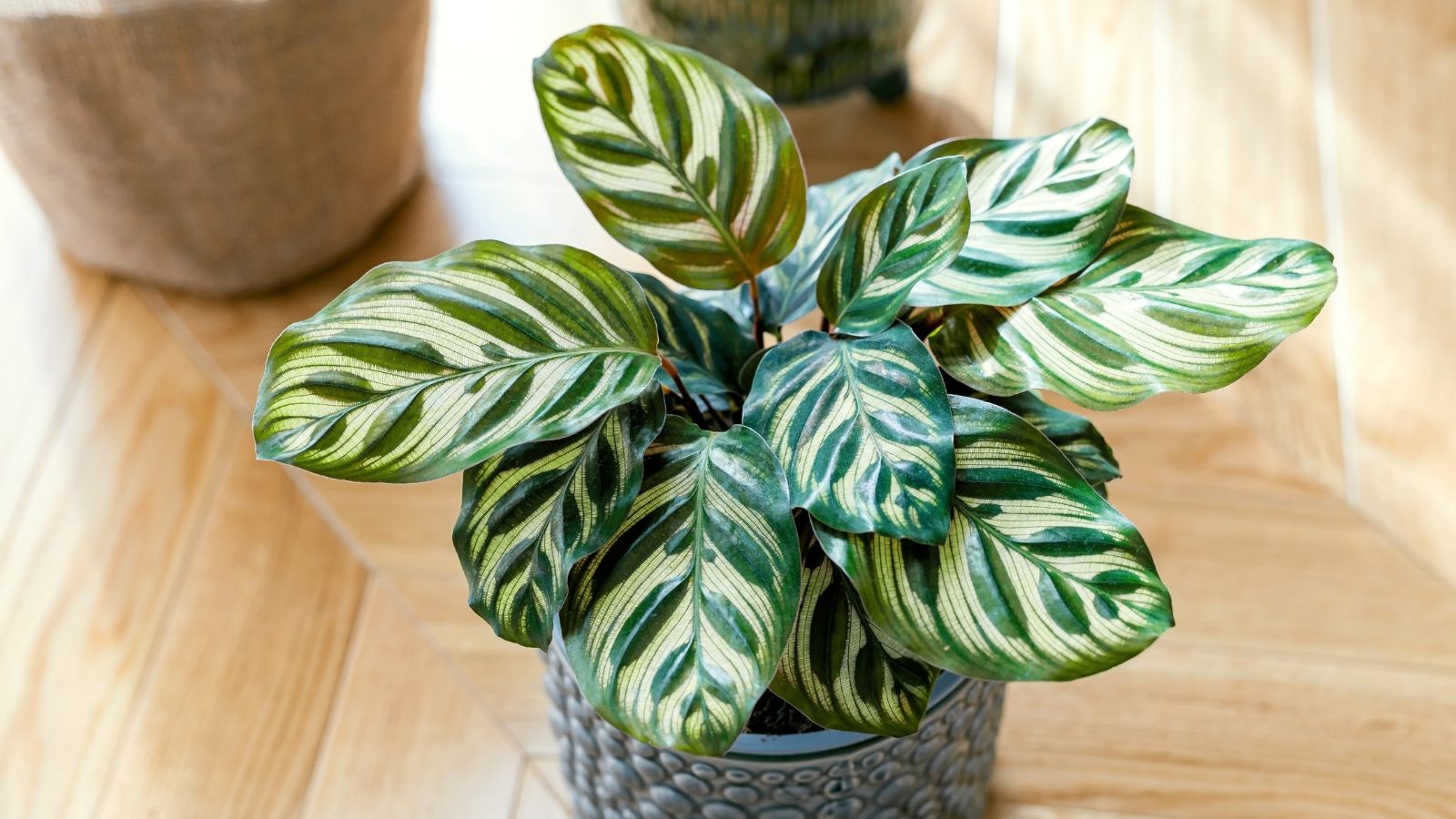
Another houseplant that can survive just fine in dark rooms is the peacock plant, beloved by many for its unique, patterned leaves that almost look painted. It can tolerate low light, but it probably won’t thrive unless it gets at least medium, indirect light. High humidity is also important, so the feasibility of this plant in your home will depend a lot on which U.S. state you’re in.
Nerve Plant
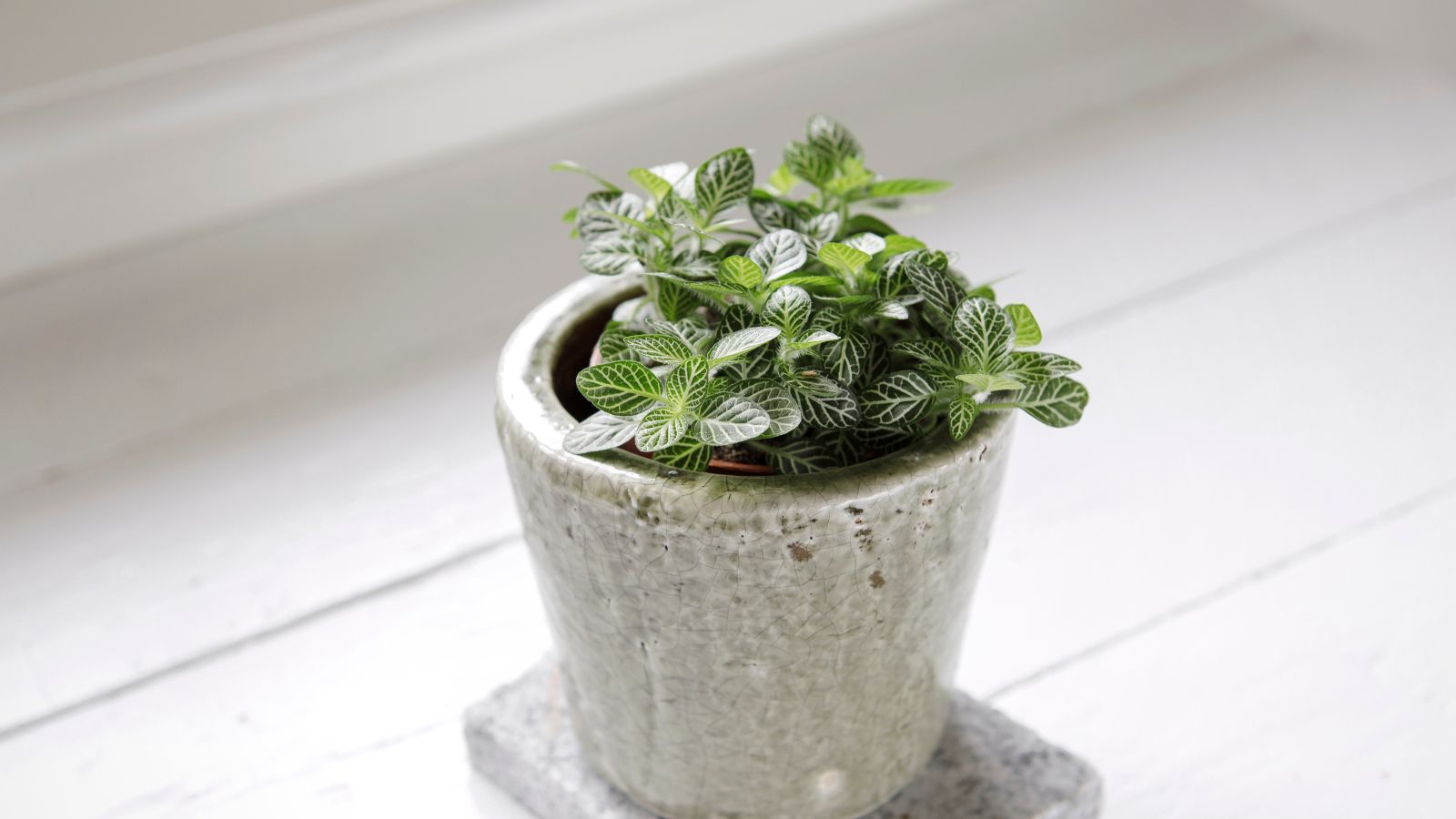
Last but not least, the nerve plant’s bright, veined leaves stand out in any collection. Sure, you might need light to see the details of these leaves, but that doesn’t mean that they’re not growing. You might not notice it initially, though, as the nerve plant is small and low-growing, but rest assured that it will be doing just fine without much lighting as long as it gets plenty of water.
